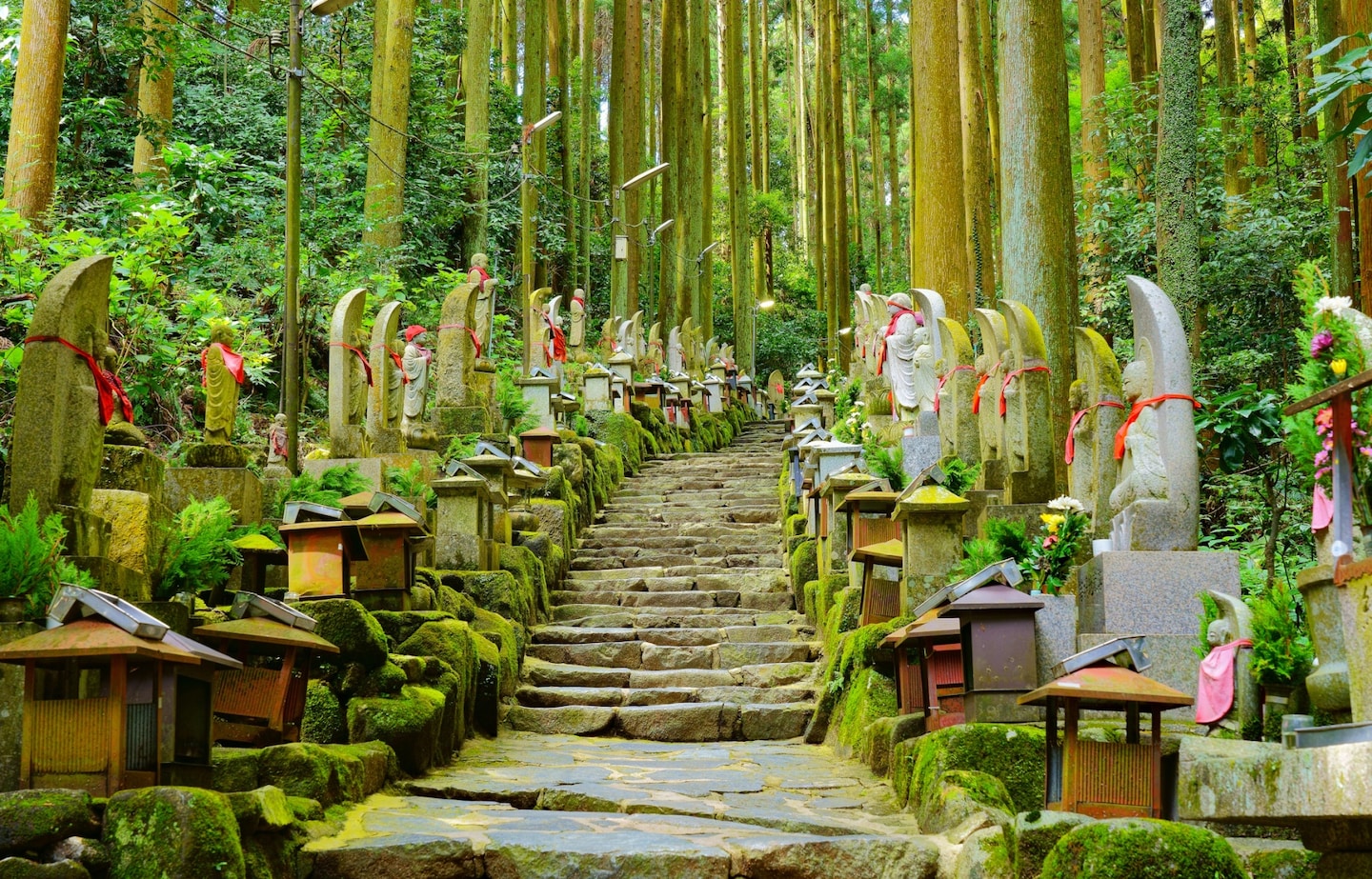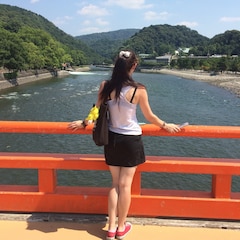Five Secret Spots in Nara You HAVE to Visit
As Japan’s ancient capital, Nara is full of World Heritage sites and landmarks. These popular spots attract lots of visitors, but you don’t have to go far to escape the crowds. These five temples and shrines are easy trips from the city, and fantastic places to immerse yourself in the prefecture’s rich history while still having room to breathe!
By Ashley OwenHozan-ji Temple
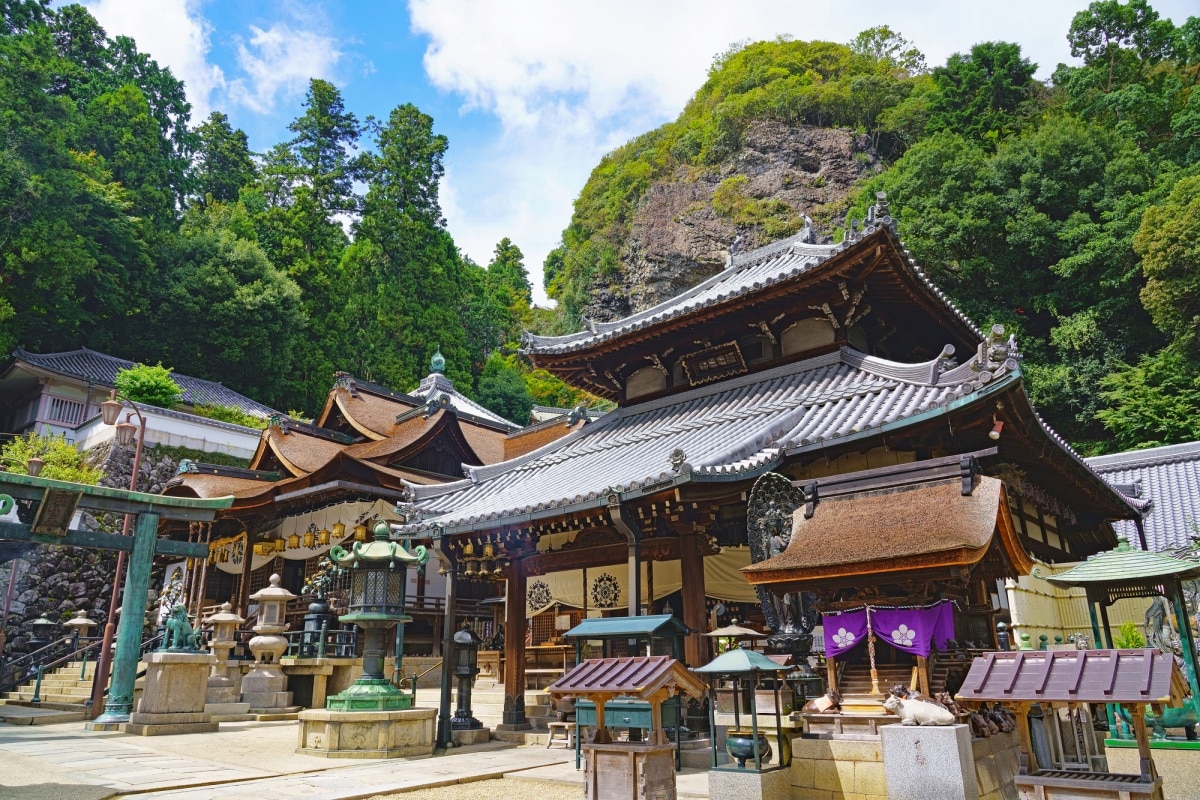
https://pixta.jp/
This stunning temple sits amid the forested slopes of Mount Ikoma, in a small town of the same name located on the border of Nara and Osaka prefectures. Veiled in clouds of scented incense smoke and surrounded by towering trees, the atmosphere here is one of absolute tranquility.
Although popular with those praying for success and luck in business, don’t be surprised if you have the entire temple complex to yourself during your visit. Take the opportunity to explore it fully, from the main altars and halls in the courtyard to the smaller shrines tucked further back in the forest.
The long, lantern-lined stairway to the entrance is particularly striking. Ending with a majestic stone torii gate and a glimpse of a gorgeous red pagoda peeping out from the trees beyond, it’s like a scene straight out of a Studio Ghibli movie. Don’t miss it!
Getting There
The nearest station is Ikoma. From here, one option is to take the cable car from Torii-Mae Station (just opposite the south exit of Ikoma Station) up to Hozan-ji Station. The temple is about a 10-minute walk from there. Alternatively, you can walk all the way from Ikoma Station in around half an hour.
Omiwa Shrine
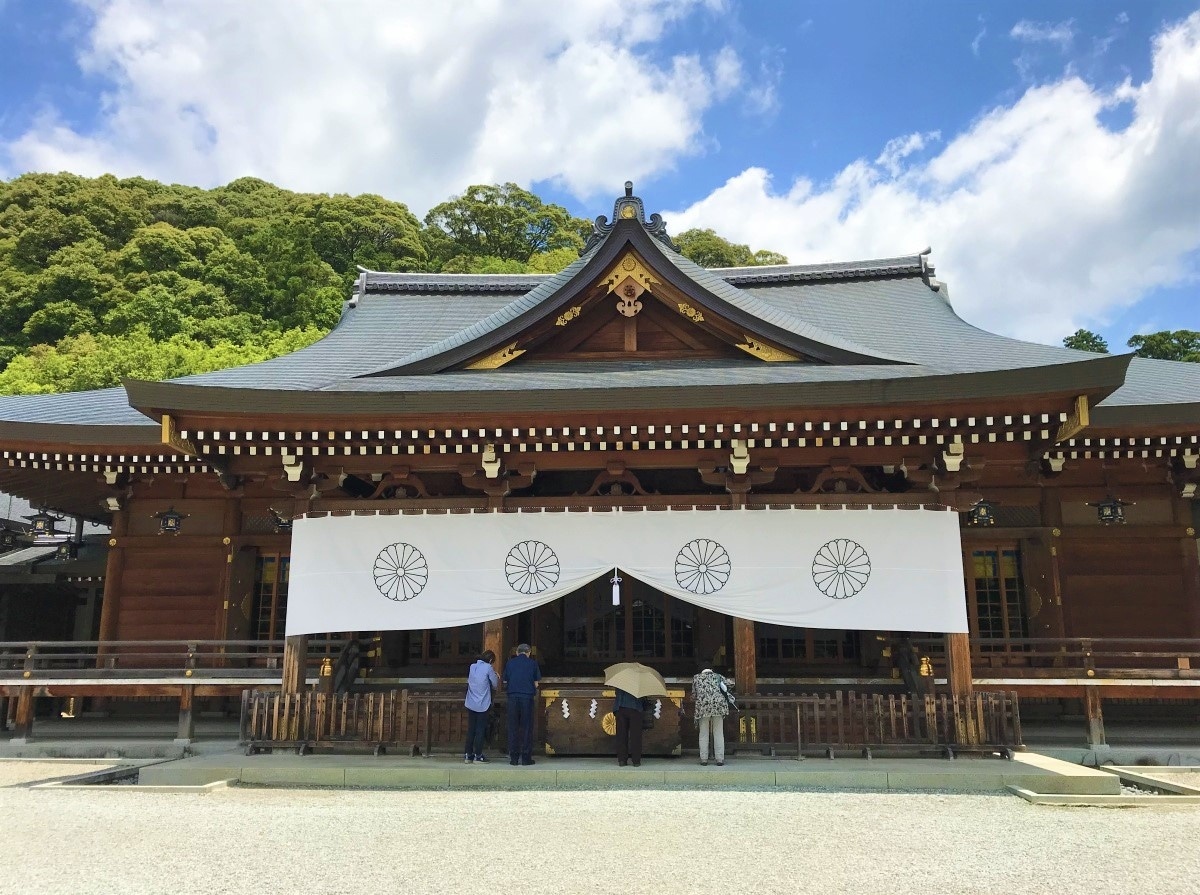
Omiwa shrine in Sakurai is truly ancient. In fact, it’s thought to be the oldest Shinto shrine in the country. Not only that, but the entire mountain behind it is considered sacred too, as it is believed to enshrine the god Omononushi, a deity of weather and harvests. This means that there is no main hall in which worshippers can pray. Instead, they direct their prayers at Mount Miwa itself, through a rare triple torii gate. Despite its significance, this mystical shrine is not very well known among tourists and so doesn’t tend to get overcrowded.
Keep an eye out for a water fountain near the Sai Shrine (a smaller sub-shrine within the grounds). Mount Miwa’s natural spring water flows from here, and it’s claimed to have healing properties. It is also possible to make a pilgrimage up the mountain, however you must ask the shrine for permission first (Japanese ability is a must!).
Getting There
The nearest station is Miwa. From here, it’s roughly a 10-minute walk to the shrine.
Hasedera Temple
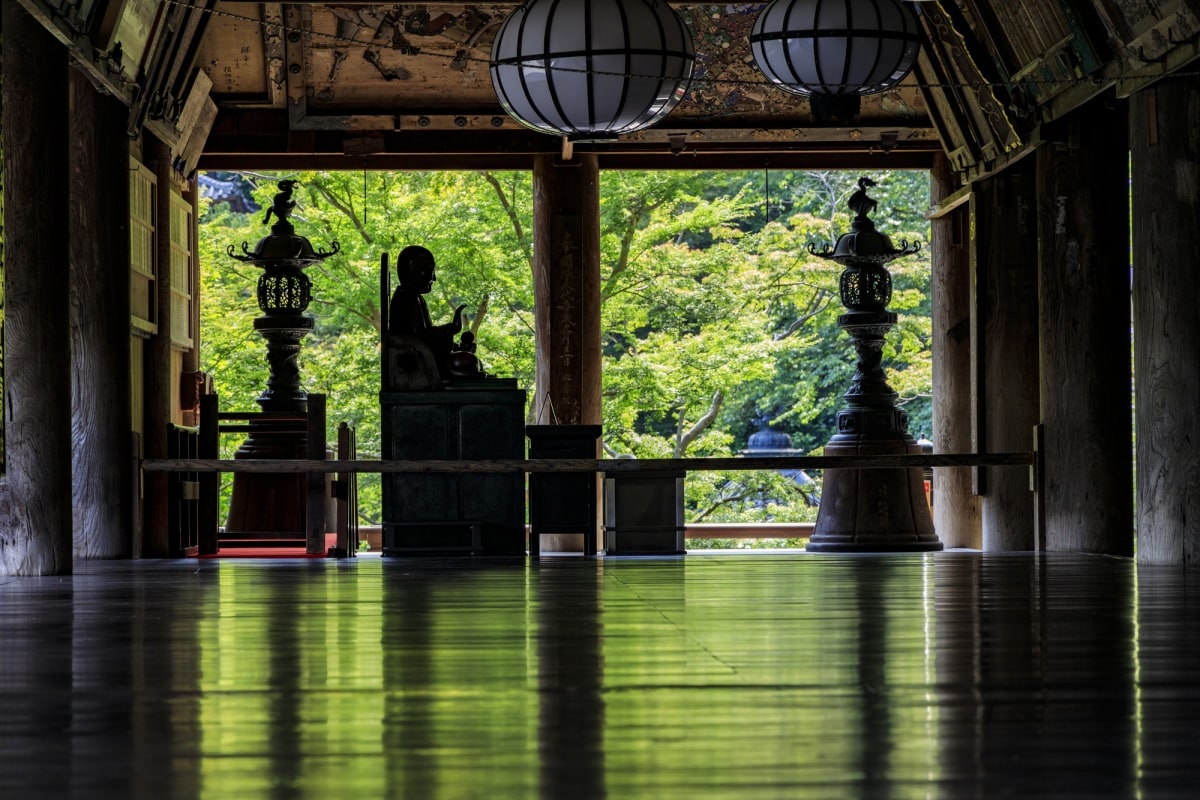
https://pixta.jp/
Also called the "Temple of Flowers," this is one of Nara’s most beautiful temples. Perched on a mountaintop in Sakurai, it boasts a large wooden balcony that protrudes over the valley in a similar style to the famous Kiyomizudera Temple in Kyoto—with only a fraction of the crowds.
To reach the balcony, first pass through the dramatic wooden entrance gate. You then must climb up the 399 stone steps of the temple's lantern-and-flower-lined covered walkway. It’s more than worth the effort, as the view is breathtaking. Depending on the time of year you visit, you might be treated to a sea of delicate peonies, colorful hydrangeas, classic cherry blossoms or fiery autumn leaves.
Two other unmissable features of the temple are the vibrant red five-storied pagoda, and the 10-meter-high, eleven-faced, golden-colored Kannon statue. The latter is said to be made from the same tree as the one at Kamakura’s Hasedera temple.
Getting There
The nearest station is Hasedera. From here, it’s about a 15-minute walk through the town to the temple.
Kashihara Jingu
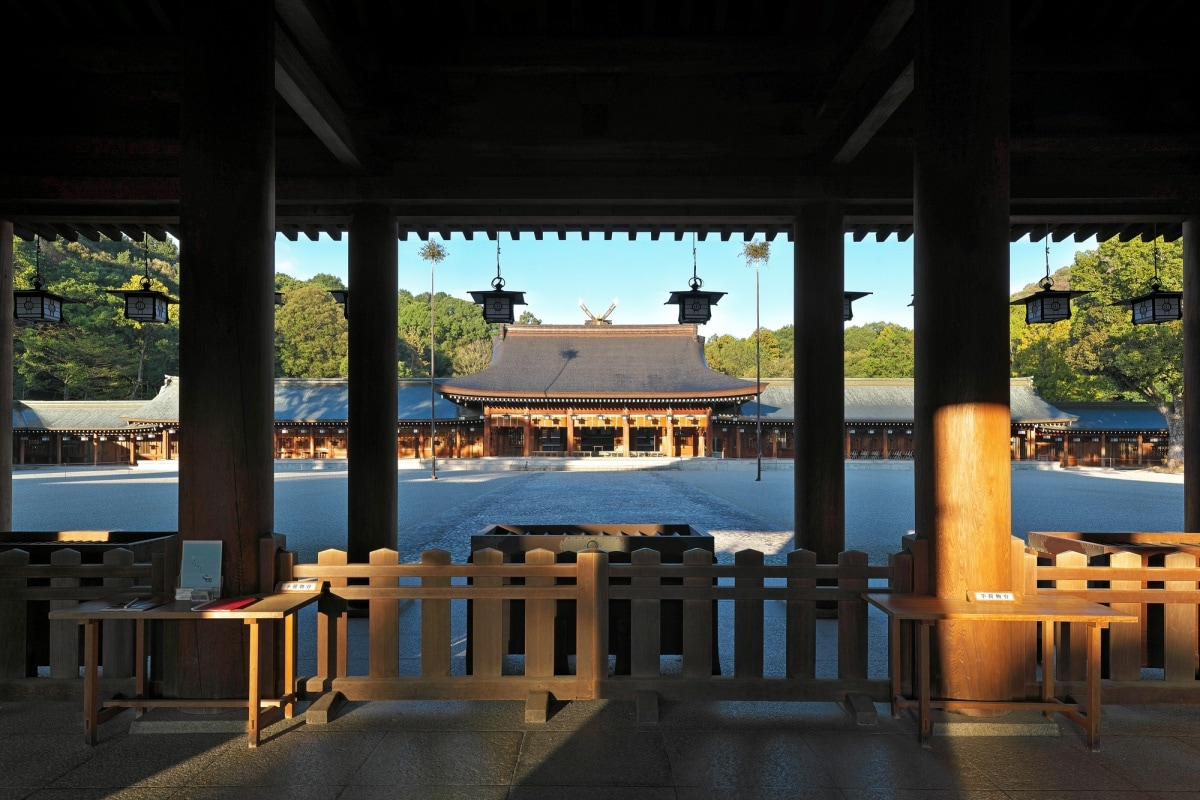
https://pixta.jp/
Standing at the end of a wide avenue lined with ginkgo trees and marked by two enormous torii gates, this shrine is nothing if not impressive.
Despite its relatively recent construction in 1889, it is dedicated to the very first Emperor of Japan, Emperor Jimmu. According to the mythology, it stands on the exact spot where he ascended the throne almost two and a half thousand years ago. Kashihara Jingu’s main hall was actually relocated to this site from the Imperial Palace in Kyoto on the orders of Emperor Meiji. Even with this significant history, the shrine remains pleasantly uncrowded.
The grounds are spacious, with delightful gardens, a large pond and several paths leading off into the forest surrounding it. It’s also possible to visit the tombs of Emperor Jimmu and the three emperors that followed him, all of which lie in close proximity to the shrine.
Getting There
The two nearest stations are Kashiharajingu-Mae and Kashihara-Nishiguchi. The shrine is about a 10-minute walk from both.
Muro-ji Temple
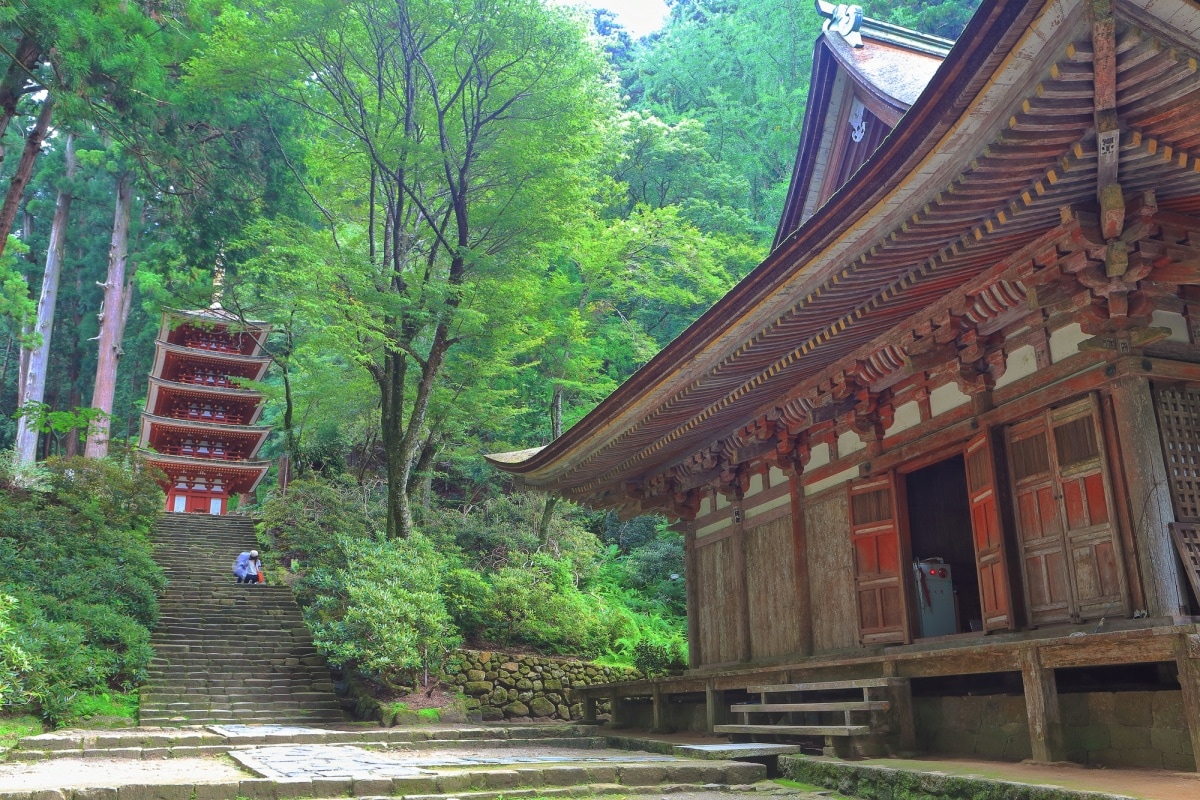
https://pixta.jp/
Accessed by a picturesque arched bridge across a river, Muro-ji Temple is the most remote spot on our list. Located in the mountains and surrounded by dense forest, the temple complex is both vast and hidden. Those who make the effort to reach it, however, are richly rewarded.
Thanks to be being so secluded, the atmosphere is wonderfully serene and magical. Ancient wooden buildings blend in seamlessly with the trees around them, while the bewitching five-storied red pagoda leaves more of an impression.
The further up into the forest you hike, the more you discover. Renowned for its spring rhododendrons and vibrant fall foliage, it’s a great way to experience both nature and history at the same time. The temple’s other claim to fame is one of inclusivity, as it began accepting female worshippers far earlier than other monasteries, like Koyasan.
Getting There
The nearest station is Muroguchiono. From here, take one of the hourly buses to Muroji-mae bus stop. The journey should take about 15 minutes. Alternatively, there is an approximately seven-kilometeter hiking course you can follow to the temple.


